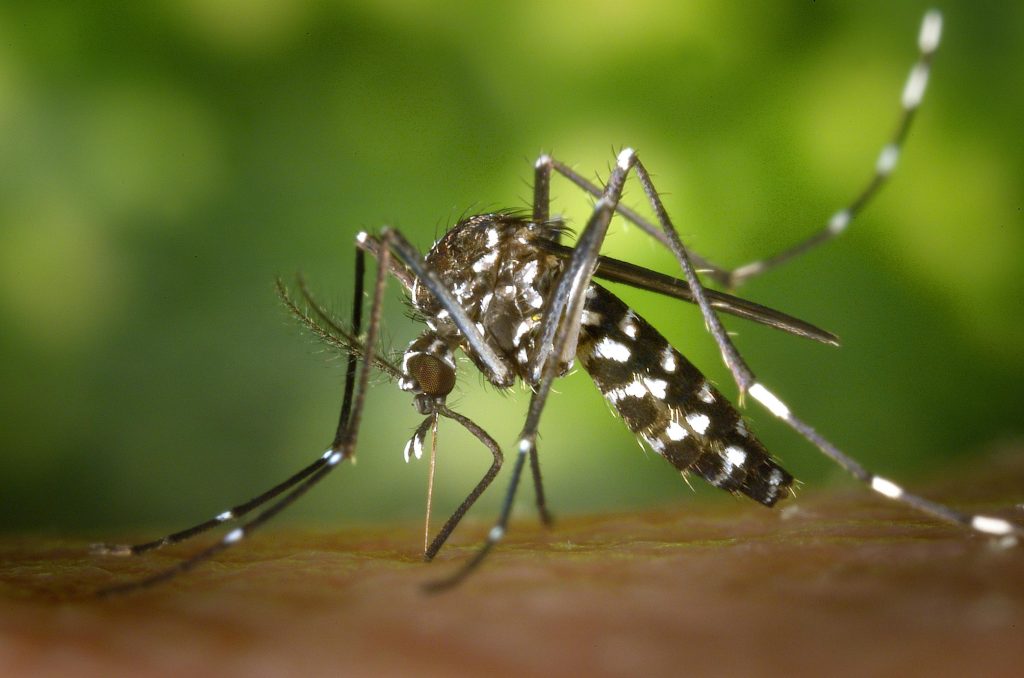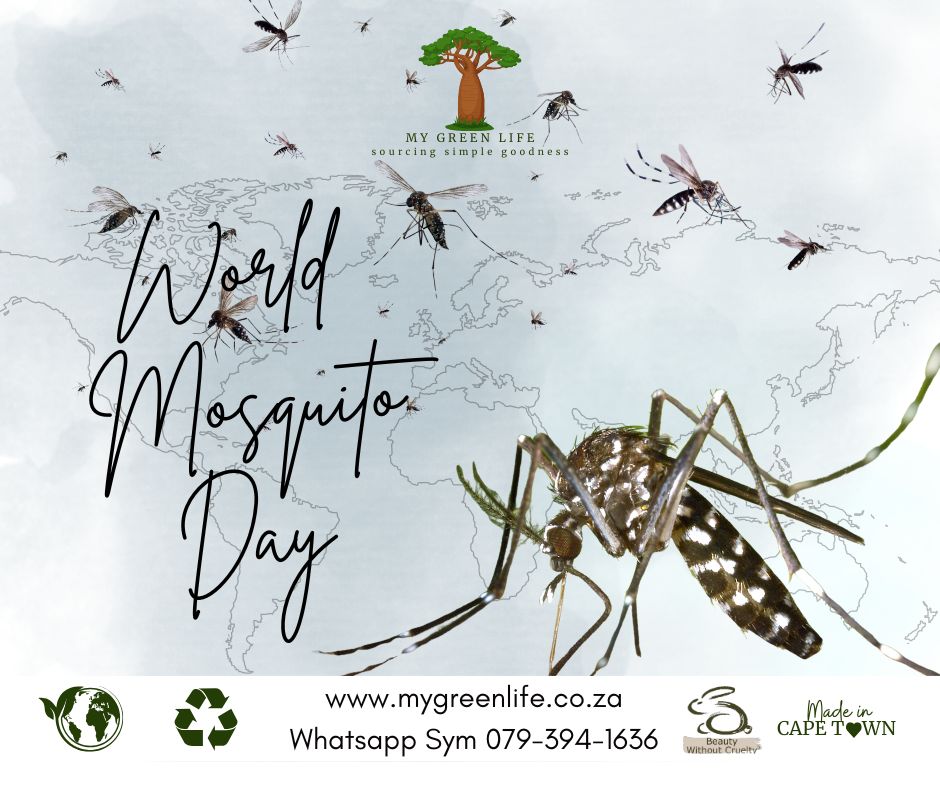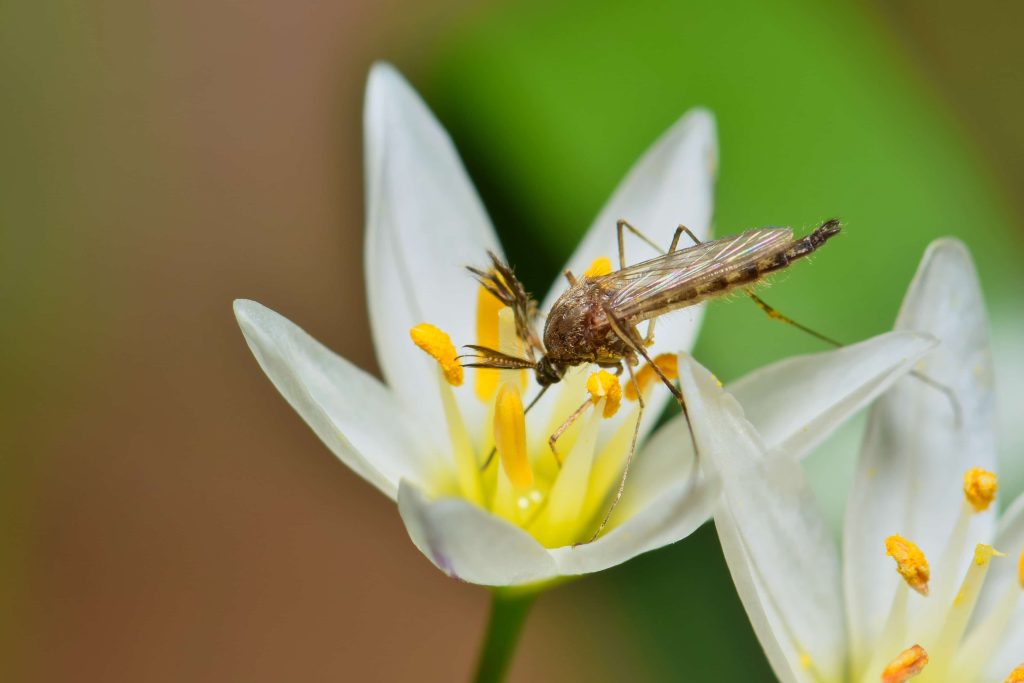20 AUGUST: WORLD MOSQUITO DAY
It is crucial is to increase awareness about malaria prevention, and the best way to prevent the disease is to avoid bites. Sleeping under insecticide-treated nets over the bed, and indoor residual spraying are all ways to reduce bites and transmission. More than just annoying summertime pests, mosquitoes are also responsible for spreading malaria, a […]
It is crucial is to increase awareness about malaria prevention, and the best way to prevent the disease is to avoid bites.
Sleeping under insecticide-treated nets over the bed, and indoor residual spraying are all ways to reduce bites and transmission.
More than just annoying summertime pests, mosquitoes are also responsible for spreading malaria, a disease that kills over half a million people every year, mostly in Sub-Saharan Africa.
Mosquitoes bite more during drought to stay hydrated, yet it is said that mosquitoes breed in stagnant water. However, recent studies have revealed they bite more frequently to keep up their hydration levels, and climate change only adds to the challenge, as milder winters are advantageous to mosquito populations. This increases the likelihood of spreading diseases like Dengue, Zika, Yellow fever, Chikungunya or Malaria. It is a fascinating yet worrisome survival technique.
Research emphasizes the need to act on mosquito-borne diseases in a changing climate. As mosquitoes adapt to harsher conditions and expand their territories due to milder winters, public health strategies must evolve in tandem. New methods of mosquito control, such as eco-friendly repellents could reduce their population and disease transmission rates.
It’s also important to remember: mosquitoes are not just vectors of disease. They play a minor but real role in ecosystems — many (especially males) feed on nectar and act as pollinators, while their larvae and adult forms are a critical food source for birds, bats, fish, amphibians, and other insects. They are also bioindicators, signaling environmental shifts that may require human attention.
With continued research, scientists hope to come up with innovative solutions to protect human health while gaining a better understanding of how these durable insects remain so resilient. One such method is the introduction of the Wolbachia mosquito, a genetically modified species which is playing a vital role in helping fight mosquito-borne diseases and protect communities across the world. The evidence-based, safe and one-time (non-GMO) intervention has protected more than 11.4 million people, and its effectiveness has been demonstrated in multiple field trials. Wolbachia mosquitoes have a reduced ability to transmit viruses to people. The Wolbachia method uses naturally occurring bacteria, Wolbachia, to reduce the ability of mosquitoes to transmit mosquito-borne diseases. Wolbachia is a bacterium found in about 6 out of 10 insect species, including mosquitoes. The Wolbachia method involves introducing Wolbachia-infected mosquitoes into areas where other mosquitoes are present. Wolbachia blocks the replication of viruses. Wolbachia is a natural bacterium and does not cause harm to humans, animals, or the environment.
Early detection prevents complications from malaria. Malaria symptoms are similar to colds and flu so very difficult to detect but will generally start about 10-15 days after you’re bitten by an infected mosquito.
Symptoms include:
- High fever; Chills; Sweating; Nausea or vomiting; Headache; Diarrhoea;
- Fatigue; Body aches; Yellow skin (jaundice); Kidney failure; Seizure; Confusion; Bloody stools; Convulsions; Death
Doctors will suspect malaria based on travel history, symptoms and a physical exam. To confirm that you have it, your doctor may order laboratory tests to ascertain if the parasite is in your blood.

Treatment will depend on the species of parasite and the severity of the symptoms as well as the geographic area where infection took place and a few other factors.
Malaria repeats itself – you can get malaria again after you’ve had it. Some species of the parasite cause a milder form of illness that can last a long time and come back in the future.
Prevention is better than cure. If you travel to an area where malaria spreads, wear long pants, long-sleeved shirts, and a hat to cover your skin. Tuck in your clothes so that none of your skin is exposed; spray or spread it on any areas of skin your clothes don’t cover; if you use sunscreen, put that on first. Then, put on a bug repellent and use a bed net. If there aren’t window and door screens, put a net over your bed to protect you from bites when you sleep as mosquitoes are attracted to carbon dioxide.









 EN
EN
